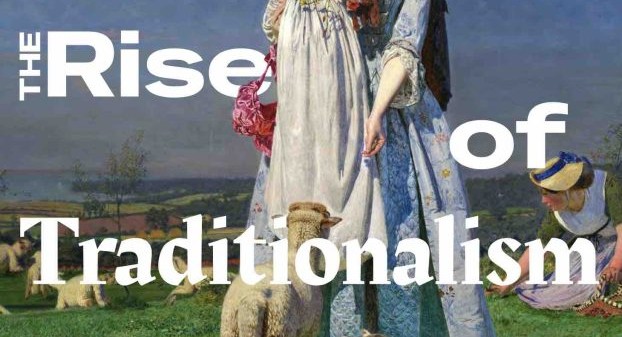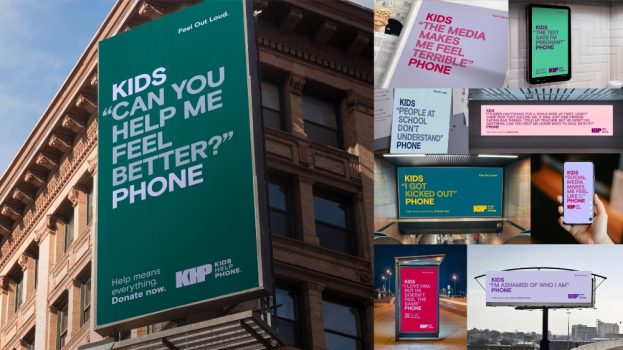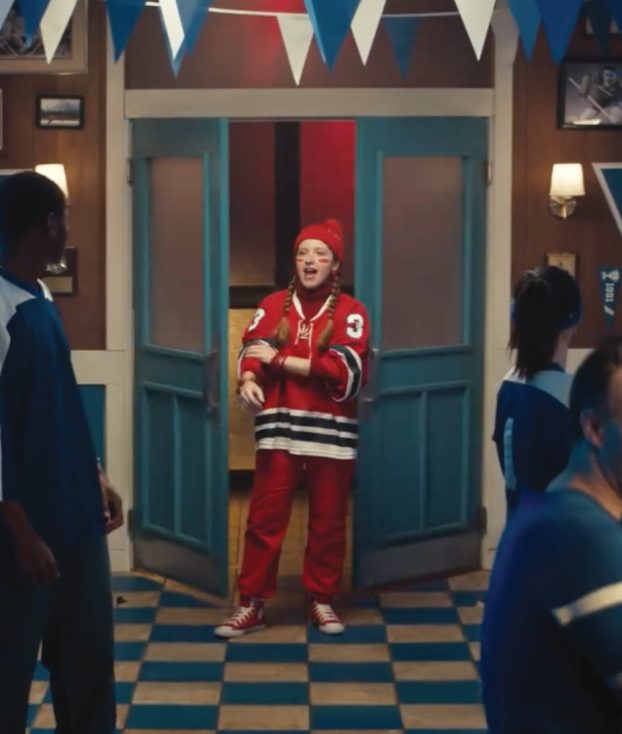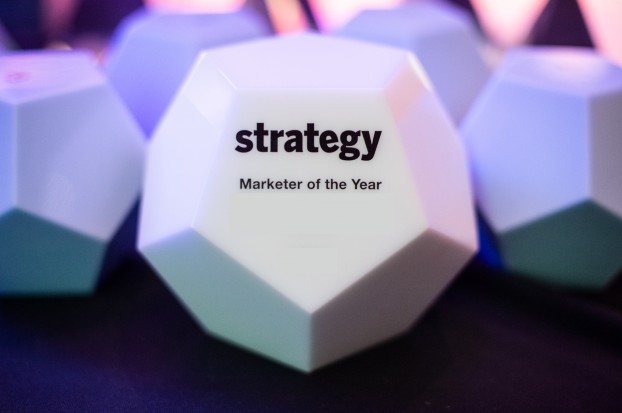Youth Culture Group is currently marrying its media and research arms, in order to offer clients a ‘pipeline’ to teens. ‘Before the two parts were run separately but now we’re integrating them,’ says co-owner Kaaren Whitney-Vernon. ‘Everything we do is turnkey. We will offer research, design, distribution and post-research.’
Whitney-Vernon and Michele Erskine are in the process of purchasing the Toronto-based research and media firm from founder Doug Stewart, who is leaving to pursue other opportunities, says Erskine, formerly the company’s director of research.
‘We want to work with a maximum of 10 clients,’ she adds. ‘We want one client in each category; for instance, one wireless company, one fast-food company and so on. This would give us focus, and we would become a true partner as opposed to just a consultancy.’
As its name suggests, Youth Culture concentrates exclusively on the youth market, which it pursues through various properties, from its research arm, to its magazines, Verve for teen girls and Fuel for teen boys, and their corresponding Web sites.
In the next year, Youth Culture anticipates adding radio and TV elements to the media blend, as brand extensions of its pubs. Radio would hopefully take the format of 60-second vignettes that would be sponsored by a marketer.
The objective would be to present some swift advice to teens, such as tips on landing a summer job, or studying for exams. ‘It’s adding another layer of media,’ says Erskine. ‘We can build campaigns using all the components.’ Erskine, who has worked for Corus Entertainment’s radio properties in the past, is currently in talks with broadcasters about the possibility.
Meanwhile, Fuel and Verve TV would likely consist of half-hour magazine format programming which would be pitched to a Canadian network. Verve’s on-air content would revolve around top-40 music (think Christina Aguilera), as well as celeb gossip and advice; Fuel’s will focus on hard rock and urban music, plus guy-heavy topics like sports and technology.
‘People talk about fragmentation and how kids are hard to reach, but that’s not necessarily true,’ explains Erskine. ‘The key is to give them what they’re looking for, something that’s specifically for them.’
Online, verve.com and fuel.com are similar in content to the magazines but are more interactive, she adds. For instance, verve.com includes a virtual beauty counter, in partnership with Wal-Mart, which recommends beauty products to young girls based on their skin colouring.
In August, an ezine will go out to teens in Youth Culture’s database, with tidbits about music, movies and fashion, as well as polls and contests.
Also an online forum will launch in July, where 100 teens, who are paid in weekly gift certificates for HMV or Chapters, discuss promos they’ve entered and give feedback. E-mail addresses were collected through online polling and clients are given a subscription so they can monitor the discussions. Youth Culture will also throw out questions at their behest.
The forum will follow a summer promotion guide, which was distributed with the magazines to Canadian high schools in May, notifying youth about as many sampling events and contests as possible – telling them what the freebies are and if they’re eligible.
The guide is a service to the reader; there is no charge for a listing, although the booklet is supported through advertising. ‘So many clients spend millions of dollars creating promotions and they don’t get any feedback until it’s wrapped up,’ says Whitney-Vernon. ‘This will give them ongoing feedback, so they can tweak the programs, and discuss their relevancy with teens.’
Like other media companies, Youth Culture also produces ads and promos for marketers who invest in its properties, but thanks to its research division, the firm ‘knows what works with kids and what doesn’t,’ points out Erskine.
For instance, through its Trendscan survey, which dials up 1,800 kids nationwide every year, in addition to its focus groups, Youth Culture discovered that when youth see one of their peers alone in an ad, that person is deemed a loser because the insinuation is that he or she has no friends. And if the spot’s star is dressed generically, he or she is also considered nerdy.























